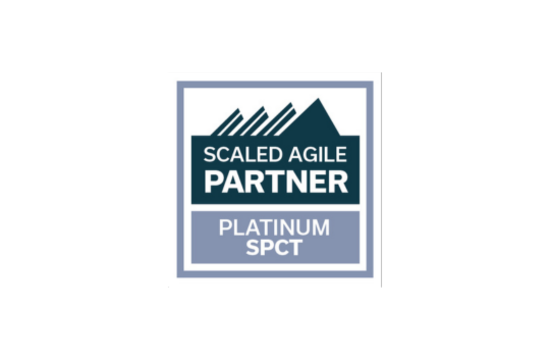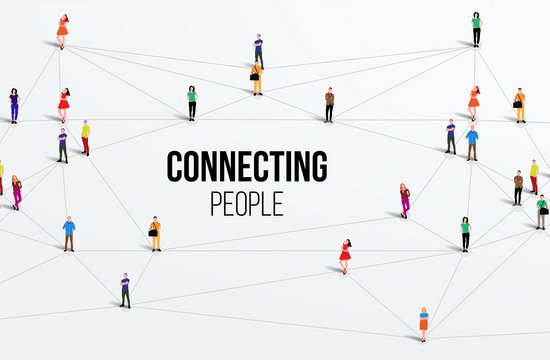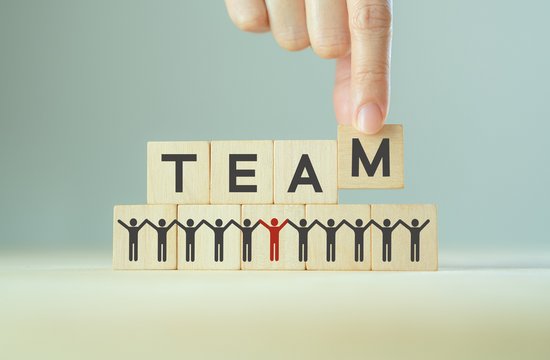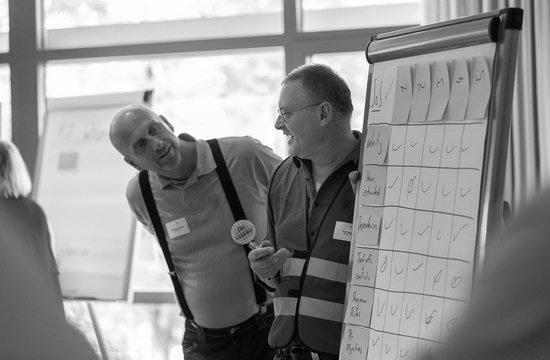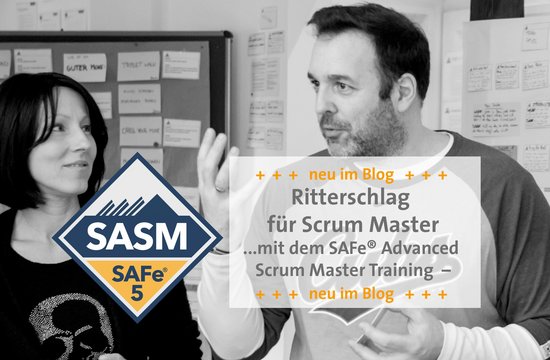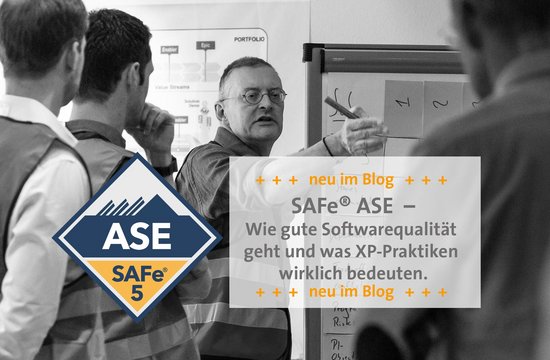KEGON Blog


- Agile Organisation
- SAFe
Horizontal and vertical capacity allocation in SAFe®
In the Scaled Agile Framework (SAFe®) capacity allocation is an instrument used to balance short-term business value with long-term sustainability. With capacity allocation the work for Agile Teams, Agile Release Trains, Solution Trains and even in Portfolio is divided into different categories.

KEGON is part of SAI's new AI Native initiative as a Charter Launch Partner
We are delighted to be part of Scaled Agile, Inc. (SAI)'s new AI Native initiative. As a Charter Launch Partner, we have the opportunity to actively shape the development of these groundbreaking programmes and bring them to Europe together with our colleagues at KEGON Schweiz GmbH and KEGON POLSKA.

- Agile Leadership
- Agile Organisation
- SAFe
Effectiveness and efficiency in SAFe® - a contradiction?
In the Scaled Agile Framework (SAFe®) the primary focus is on building solutions that deliver value to the customer, also known as effectiveness. In the current economically challenging times, the call for efficiency is quickly becoming louder. Where in the framework are there opportunities to increase efficiency and do these contradict effectiveness?
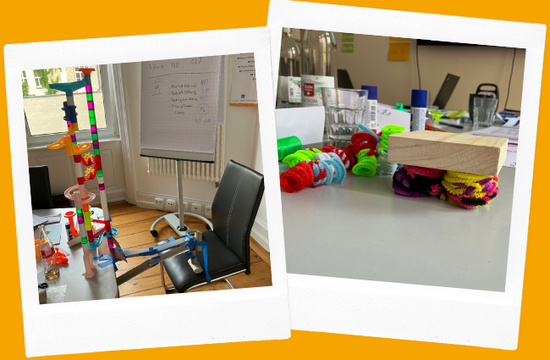
- Agile Organisation
- SAFe® for Hardware
SAFe® for Hardware: Agility for the world of physical product development
Agile methods have long been established in the software world. But what about hardware development - in a world where high complexity, long development cycles, regulatory hurdles and diverse stakeholders are part of everyday life? The answer: with SAFe® for Hardware, agile working can also be successfully used for the development of physical and cyber-physical products.

- Agile Organisation
- SAFe® for Hardware
Beyond Embedded: Expanding the Reach of SAFe® for Hardware
In my recent blog post, I reflected on the SAFe® for Hardware Expert Enablement course I attended. As someone who has been working with Agile in hardware development for several years, the training wasn’t the beginning of my journey — but it was a valuable milestone.
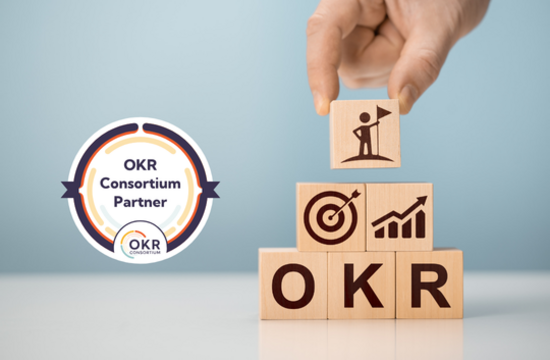
- Agile Leadership
- Agile Organisation
KEGON becomes OKR Consortium Partner: Training courses now also available in Germany
KEGON AG has been a partner of the OKR Consortium since January 1, 2025 and also offers certified and official OKR training courses in Germany. These are trainings for different target groups for an OKR introduction with a duration of between half a day and two days (in presence) or one and three days in a remote setting.
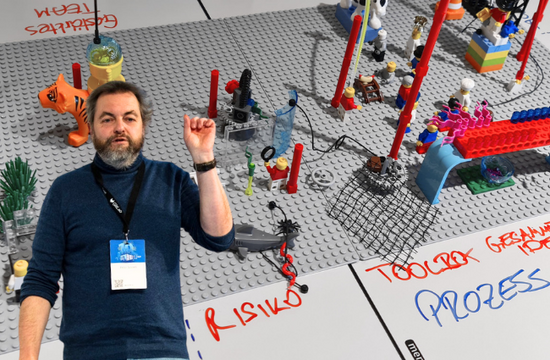
- Agile Leadership
- Agile Organisation
Why I love using LEGO® SeriousPlay®…
What do a hospital, LEGO bricks and genuine innovation have in common? Quite a lot - if you are prepared to leave the beaten track. In this article, I'll show you why I like using LEGO® SeriousPlay® (LSP) so much, how this creative, scientifically based method can even revolutionize the structure of an emergency room and why it also works wonders in companies, teams and workshops.
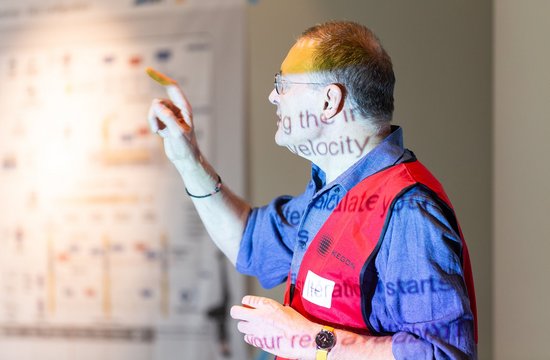
- Agile Organisation
- SAFe
New SAFe® Business Owner Microcredential - finally a training programme for the SAFe® Business Owner role
The Business Owner - as the person with business responsibility for Agile Release Trains, Valuestreams or an entire SAFe® portfolio - is one of the most influential SAFe® roles and has a significant impact on the success of SAFe® through the targeted fulfilment of their role.

- Agile Organisation
- SAFe® for Hardware
SAFe® for Hardware: The new Leading SAFe® for Industrial Companies
For many years, the Leading SAFe training has been the foundation for building knowledge of the Scaled Agile Framework (SAFe®) and the starting point for agile transformation in companies. Now a new training course has been developed for agile teams in hardware development: SAFe for Hardware.

- Agile Organisation
- SAFe
Why Structured Onboarding is Crucial for New Employees in SAFe® Organizations
In agile organizations, especially those that use the Scaled Agile Framework (SAFe®), onboarding plays a central role. The way in which new employees are introduced to the company can have a significant impact on the success of their work and the efficiency of the entire team.

- Agile Leadership
- Agile Organisation
- SAFe
On the Responsibility of the Agile Line Manager in SAFe®
In the Scaled Agile Framework (SAFe®), managers play a crucial role in supporting agile teams and promoting a lean-agile culture. Nevertheless, based on our experience in many Lean-Agile transformations, the topic of the “agile (line) manager” often seems to be fuzzy and sometimes difficult to grasp.

- Agile Organisation
- SAFe
Elements of Agile in Hardware and Physical Product Development
Building cyber-physical products, hardware, machines, modules and components with agile teams is challenging and often needs contextual customisation to be effective. Dr. René Hussong and Ali Hajou are talking about concepts, common practices and learnings from the field.

- Agile Leadership
- Profit Streams
Software Profit Streams Part 1: What are Software Profit Streams?
With the concept of Value Streams, there is a clear focus on value creation and the provision of valuable results. The concept of software profit streams builds on the customer-orientation of value streams and looks at how sustainable profit can be generated from valuable product deliveries.
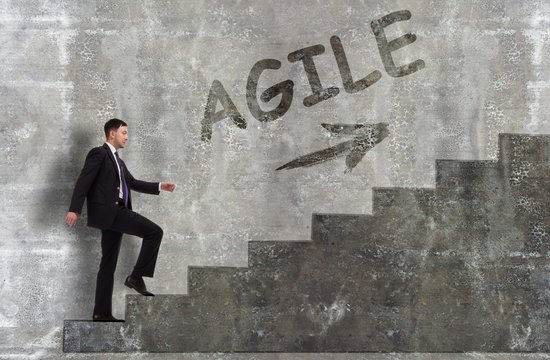
- Agile Leadership
- Agile Organisation
Agile Leadership Part 1: Setting the Base
Agile Leadership is an approach to leadership based on the principles and values of the Agile Manifesto and Agile Methods. The goal of Agile Leadership is to help companies and teams succeed in a rapidly changing and uncertain environment. But what does that mean in concrete terms? In this series of articles, you will read which development steps lead to Agile Leadership. We start with the foundations and take a first look through the Agile Leadership lens.

- Agile Organisation
- Public Administration
Agility for Public Authorities
The digital world is gaining speed on a daily basis. Today, products and services are available faster than ever before. However, this also results in a steadily increasing expectation on the part of consumers with regard to rapid availability and the quality of solutions and services. Administrations are confronted with an ever-increasing workload and, like companies in the private sector, face the challenge of being able to adapt their plans flexibly to ever-changing circumstances in a rapidly changing world.

- SAFe
First training from the Scaled Agile Framework® available in German with German exam
The Scaled Agile Framework® now offers Leading SAFe®, the first training with German documentation and German examination. As the first European provider of SAFe training, our KEGON experts were directly involved in the translation.

- Agile Organisation
- SAFe
Next stop: Objective and Key Results (OKR)
It is already more than 40 years ago that Intel defined and introduced a process model called "Objectives and Key Results", in short OKR, and since then it has taken a triumphal march around the globe. Interestingly, OKR have finally arrived in Europe a few years ago and have gained a lot of visibility in the Agile community with their integration into the 5.0 version of the Scaled Agile Framework (SAFe®). One more reason to take a closer look at what stands behind these 3 letters!

- Agile Leadership
- Agile Organisation
- SAFe
Which SAFe® Training is right for me?
With the great success and wide distribution of the Scaled Agile Framework (SAFe) in Germany and Europe, so far there are 13 different official trainings of the framework provider Scaled Agile Inc. It is not easy to keep an overview. Therefore we would like to help you identify which SAFe® training is the right one for you.
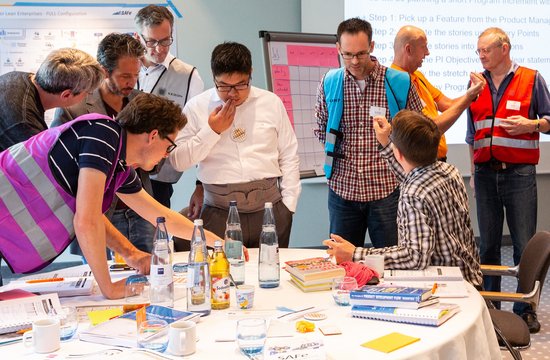
- SAFe
Leading SAFe® or Implementing SAFe® – Which is the right training for me?
Two of the most important trainings in this portfolio are Leading SAFe® and Implementing SAFe®. The former concludes with certification as SAFe Agilist (SA) and the latter certifies participants as SAFe® Program Consultants (SPC). In addition to these abstract terms, both training courses claim to provide an overview of what is behind SAFe®. What are the differences and similarities between the two training courses? Is the difference only in the time frame and the price tag?

- Agile Leadership
- Agile Organisation
- SAFe
When architects do Business - New SAFe® for architects training explains architects roles in the framework in more detail
Looking at the Scaled Agile Framework Big Picture, the three architect roles (System Architect, Solution Architect and Enterprise Architect) stand out alongside familiar agile roles such as Scrum Master (as well as Release/Solution Train Engineers) and Product Owners (as well as Product/Solution Managers). Thus SAFe® is also the only agile framework that explicitly names architect roles as responsibilities, almost all other agile frameworks transfer architecture tasks to agile teams.

